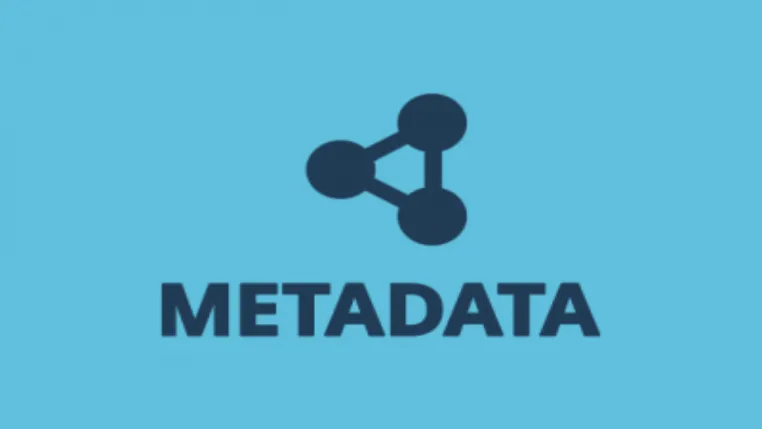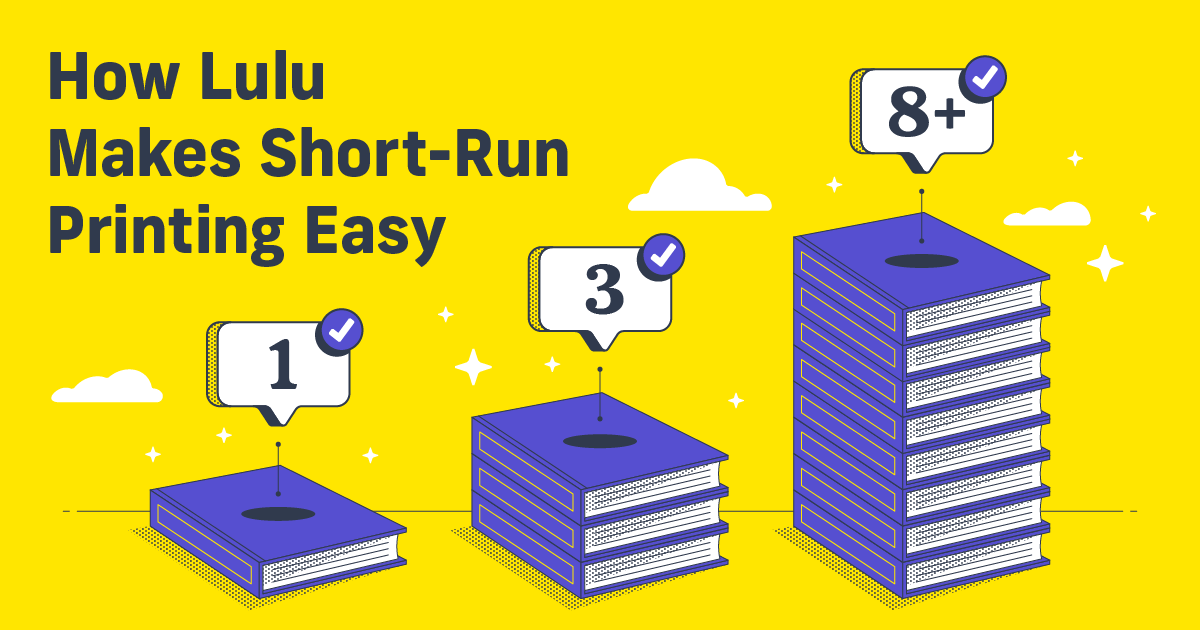What the Hell Is Metadata?
Metadata. What is it? Why does it matter? And most importantly, why should you care?
All important questions. To oversimplify, your metadata is everything you need to publish your book that isn’t the PDF files you upload.
What Is Metadata?
Specifically, metadata is information about and attached to your book. This includes:
- The title
- The author
- The description
- Author bio
- Publication date
- ISBN
- Copyright
More data can contribute to the metadata for your book, but the list above covers most of the really important information.
Why Is Metadata Important?
Glad you asked!
First and foremost, consistent metadata helps web searches point to you. When someone looks for your work, you want them to find it right? Not only that, you want them to find it easily. This is the entire theory behind Search Engine Optimization.
SEO is important, but for most authors it’s secondary. What really matters is meeting publisher requirements and standards. Without accurate and consistent metadata, you can’t sell your book!
How Do I Make Sure My Metadata is Accurate?
Every self-publishing platform will require that you add metadata at some point in the process. How they do so may vary, but you will absolutely be expected to contribute to this information.
With Lulu, we draw the metadata from the information you apply at each step of the publishing process. This can make the process a little tricky because you have to keep a close eye on the data you enter. You can use this handing worksheet to gather your metadata before you start publishing. And remember, creating with Lulu saves at every step of the process. So if you have to stop and gather more information, all your work is ready to go when you come back!
Step-by-Step Metadata for Lulu
Publishing with Lulu is broken into six steps:

Fortunately, only three of these steps require adding metadata; Start, Copyright, and Details. Let’s look at what’s required in each step.
Start
This step requires some simple metadata that is used ONLY for creating and selling on Lulu.com. Here’s the section you’ll need to look at:
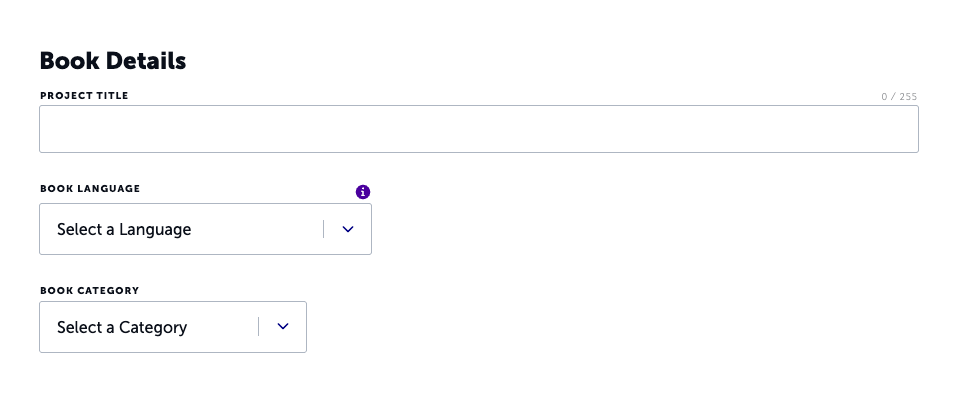
These details are part of Lulu’s internal metadata that we use to help you keep your work organized and to make it easier for readers to find your book in our bookstore. It’s important to note that the Project Title does not have to match your book title. For example, if your book is titled ‘My Book’ you might make your Project Title ‘My Book – Hardcover’ for the hardcover edition.
Copyright
This is where we’ll add metadata used by search engines and retailers. There are three distinct sections for metadata in this step. The first involves setting your official title and other defining information.
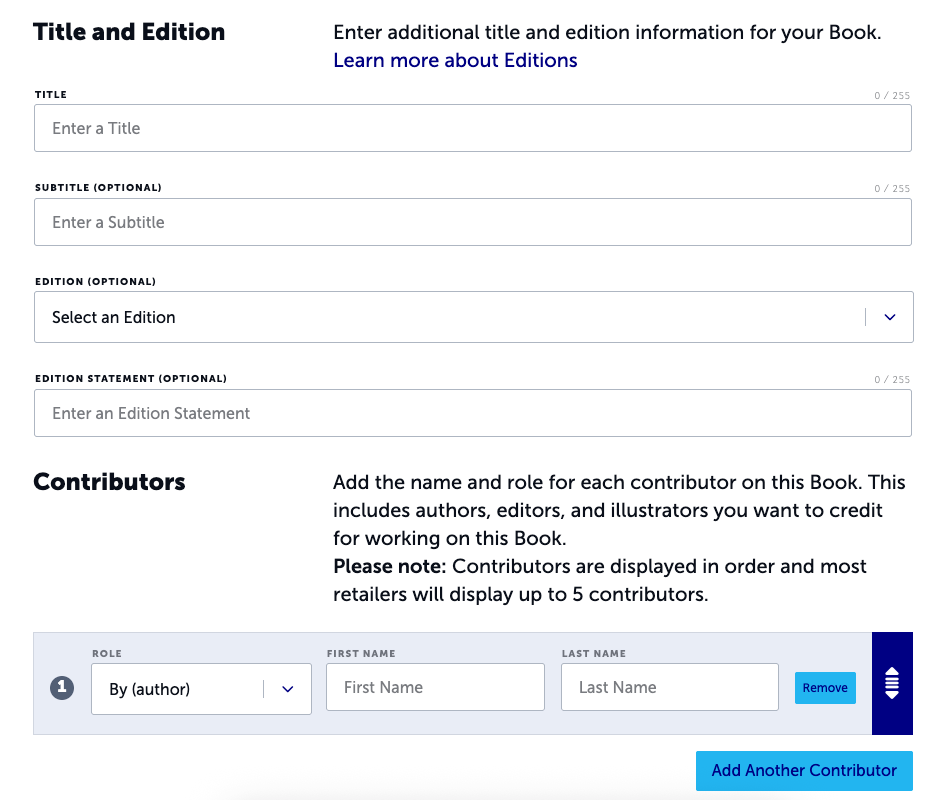
Now you provide the title of your book. This time it has to match your cover and interior title. The other pieces of metadata here are optional and mostly used for academic books. If you use the worksheet I linked above or look in our knowledge base, you can find more information about editions and how to use them.
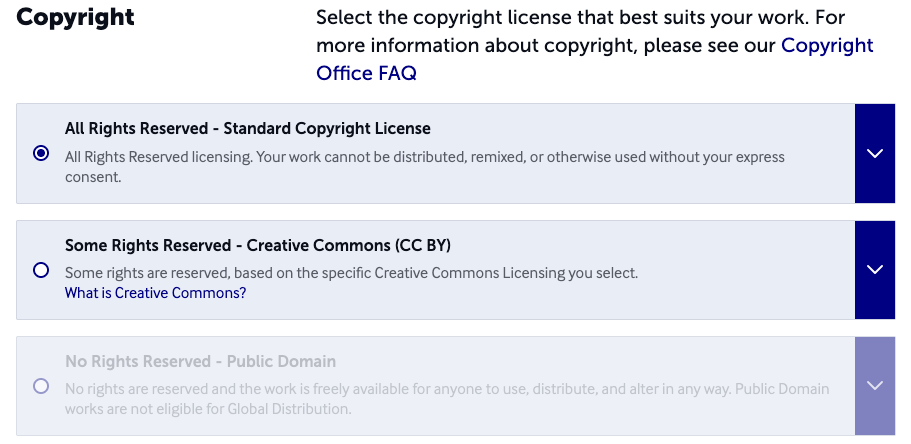
Your copyright is up next. Claiming your copyright helps protect you against plagiarism and pirating. We default you to the standard license, but you should select the license that is right for your work. Each license requires entering your name (legal name, not pen name) and the year to make the copyright official.

The last piece of metadata in this step is your ISBN. If you’re publishing to sell on the Lulu Bookstore, you won’t need an ISBN (though you can still add your own if you want). We offer a free ISBN using the Lulu Press Imprint for books you’ll be listing through our Global Distribution service.
ISBNs are important and there is a lot to consider about them. I recommend looking at this article in our knowledge base that covers many of the most common questions:
Details
This is the last section where you’ll enter important metadata. First, we’ll allow you to create a Description. Don’t take this part lightly, it’s one of the most important parts of your metadata when it comes to enticing new readers. You know readers judge your book by the cover, right?
Well, if they look at the cover and are interested, they read the description to learn more. Your description is part sales pitch and part synopsis. I’ve heard authors argue that the first line of a book has to hook the reader immediately. I think the same can be said of the description.

The Contributor Notes and Table of Contents are most often used for academic works. However if you have accolades or accreditations, they might be good to add to your Contributor notes. For example, if you’ve won an award for photography and you publish a book of photographs, adding a line like “Joe Author, winner of 2020 Award for Excellent Pictures” will help make you appear when someone searches for that award.
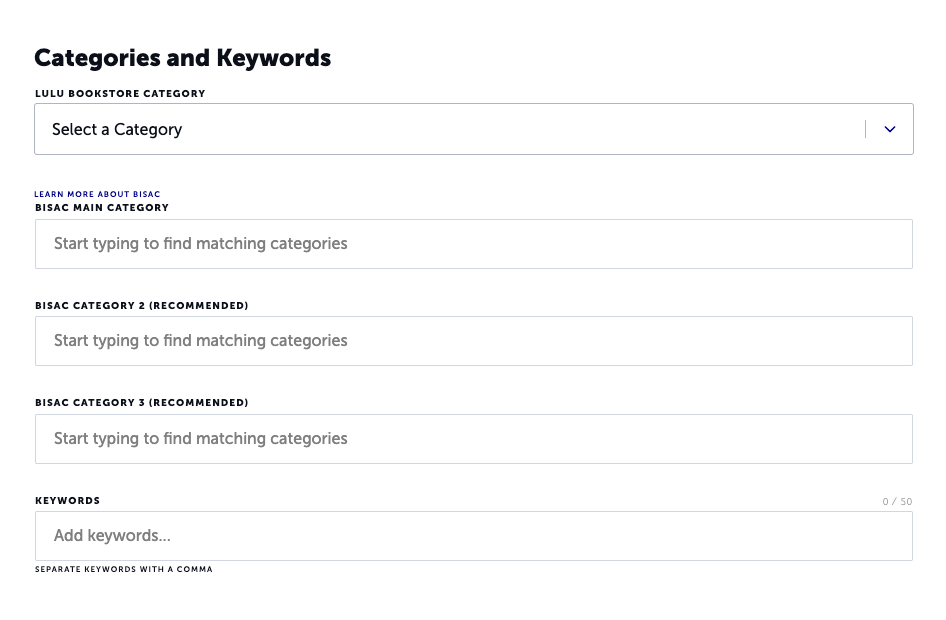
Last but not least, we need to add categories and keywords. The Lulu Bookstore Category will be pre-filled with the category you selected back in the first step. The other options use BISAC categories, the international standard for categorizing books.
Filling these in can be a little tricky. I suggest looking at a list of BISAC top-level categories and typing one in to start the search. That will populate a drop-down list with all the sub-category options. You can also read up on this in-depth BISAC article. The worksheet I provided earlier also includes a list of all top-level categories.
Finally, keywords. I suggest at least five. These are primarily useful for searchers on the Lulu Bookstore, but they are included for books using Global Distribution as well. Retailers will often apply their own set of keywords based on your BISAC categories, but including your own keywords doesn’t hurt!

Why Metadata Matters
Inaccurate or mismatched metadata is the most common reason books are rejected by our retail partners. For example, if your book has ‘My Cool Book’ on the cover, but you enter ‘My Col Book’ on the Copyright step, your metadata doesn’t match.
Mismatching metadata isn’t just a problem for sending your book into distribution either. I’m kind of harping on this, but accurate metadata is important for selling your book. Readers need to be able to find your book before they can buy it, right? Well, metadata is how search engines (like Google, the Lulu Bookstore, and Amazon) know to show readers your book!

Your Free Lulu Account
Create a Lulu Account today to print and publish your book for readers all around the world
Is Accurate Metadata Enough?
Not if you want to sell your book. Metadata is important because search engines track all of this information and use it to determine if someone puts your name into Google is looking for you. Luckily, the same rules for creating accurate metadata apply to creating good metadata.
I’ve written on this subject, as have many others. I encourage you to read our Complete Book Marketing Guide for more about how metadata works for your author brand.
The bottom line hasn’t changed: everything you do in creating your book should be done accurately and consistently. The way online search works heavily favors consistent information and the way online retail works requires accurate, consistent information. Take the time while creating your project to prepare the metadata and thoroughly review it.

